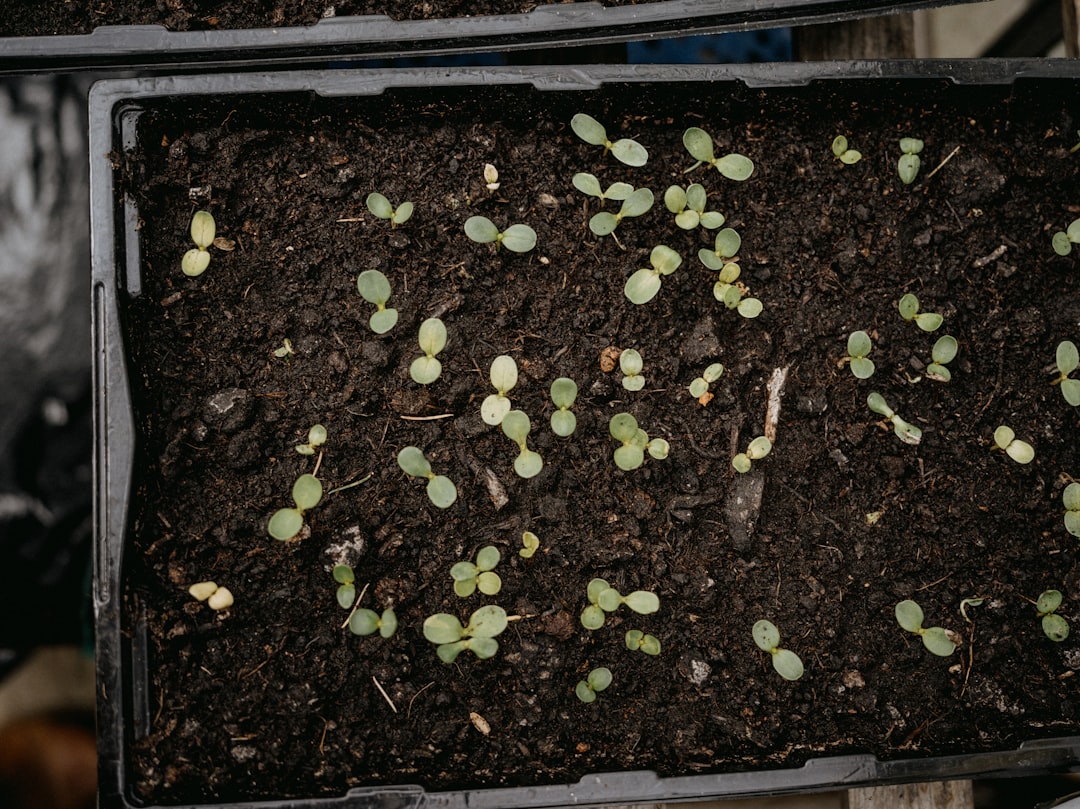Unveiling the Secrets of Cultivating Tri - Colored Bush Morning Glory

Flowers have always held a special place in our hearts, adding a touch of beauty and color to our surroundings. Among the many enchanting flowers, the bush morning glory with tri - colored blooms stands out as a true gem. In this article, we will explore the essential tips for growing these magnificent flowers, starting from the very beginning - planting them from seeds.
### Understanding the Bush Morning Glory
The bush morning glory, also known by its scientific name Ipomoea leptophylla, is a perennial plant that produces stunning tri - colored flowers. These flowers typically feature a combination of purple, white, and pink hues, creating a visually appealing display. The plant itself has a bushy growth habit, making it an excellent choice for borders, flower beds, or containers.
### Selecting the Right Seeds
When it comes to growing bush morning glory from seeds, the first step is to select high - quality seeds. Look for seeds from a reputable supplier to ensure good germination rates. You can find bush morning glory seeds at local nurseries, garden centers, or online seed stores. Make sure to check the expiration date on the seed packet and choose seeds that are fresh and viable.
### Preparing the Soil
Bush morning glory thrives in well - drained soil that is rich in organic matter. Before planting the seeds, prepare the soil by loosening it with a garden fork or tiller. Remove any weeds, rocks, or debris from the area. Incorporate compost or well - rotted manure into the soil to improve its fertility and drainage. The ideal soil pH for bush morning glory is slightly acidic to neutral, ranging from 6.0 to 7.0.
### Sowing the Seeds
The best time to sow bush morning glory seeds is in the spring, after the last frost has passed. You can start the seeds indoors in seed trays or pots about 6 - 8 weeks before the expected last frost date. Fill the trays or pots with a seed - starting mix and moisten the soil. Place one or two seeds in each cell or pot, covering them with a thin layer of soil, about 1/4 inch deep. Keep the soil consistently moist but not waterlogged. Place the trays or pots in a warm, sunny location, such as a south - facing window or under grow lights.
If you prefer to sow the seeds directly in the garden, wait until the soil has warmed up to at least 60°F (15°C). Make small holes in the soil, about 1/4 inch deep, and space them about 6 - 12 inches apart. Place one or two seeds in each hole and cover them with soil. Water the area gently to settle the soil around the seeds.
### Germination and Care
Bush morning glory seeds usually germinate within 7 - 14 days, depending on the temperature and soil conditions. Once the seedlings have emerged, thin them out if necessary, leaving the strongest seedling in each cell or pot. If you sowed the seeds directly in the garden, thin the seedlings to a spacing of 6 - 12 inches apart.
Provide the seedlings with plenty of sunlight, at least 6 - 8 hours of direct sunlight per day. Water the plants regularly, keeping the soil evenly moist. However, be careful not to overwater, as bush morning glory is susceptible to root rot. Fertilize the plants every 4 - 6 weeks with a balanced, water - soluble fertilizer to promote healthy growth and blooming.
### Transplanting
If you started the seeds indoors, transplant the seedlings into the garden when they have developed a few sets of true leaves and the danger of frost has passed. Choose a sunny location with well - drained soil. Dig a hole slightly larger than the root ball of the seedling and gently place the seedling in the hole. Fill in the hole with soil and firm it gently around the base of the plant. Water the transplanted seedlings thoroughly.
### Maintenance and Pruning
Bush morning glory is a relatively low - maintenance plant. However, it benefits from regular pruning to encourage bushier growth and more abundant blooming. Prune the plants in the early spring, before new growth begins. Remove any dead, damaged, or diseased branches. You can also pinch back the tips of the branches to promote branching and a more compact growth habit.
### Pests and Diseases
Like any plant, bush morning glory is susceptible to certain pests and diseases. Common pests include aphids, spider mites, and whiteflies. You can control these pests by spraying the plants with a strong stream of water or using insecticidal soap or neem oil. Diseases such as powdery mildew and root rot can be prevented by providing good air circulation, avoiding overwatering, and keeping the plants healthy.
In conclusion, growing bush morning glory with tri - colored blooms from seeds can be a rewarding experience. By following these essential tips, you can enjoy the beauty of these stunning flowers in your garden year after year. So, roll up your sleeves, get your hands dirty, and start cultivating your own bush morning glory today!